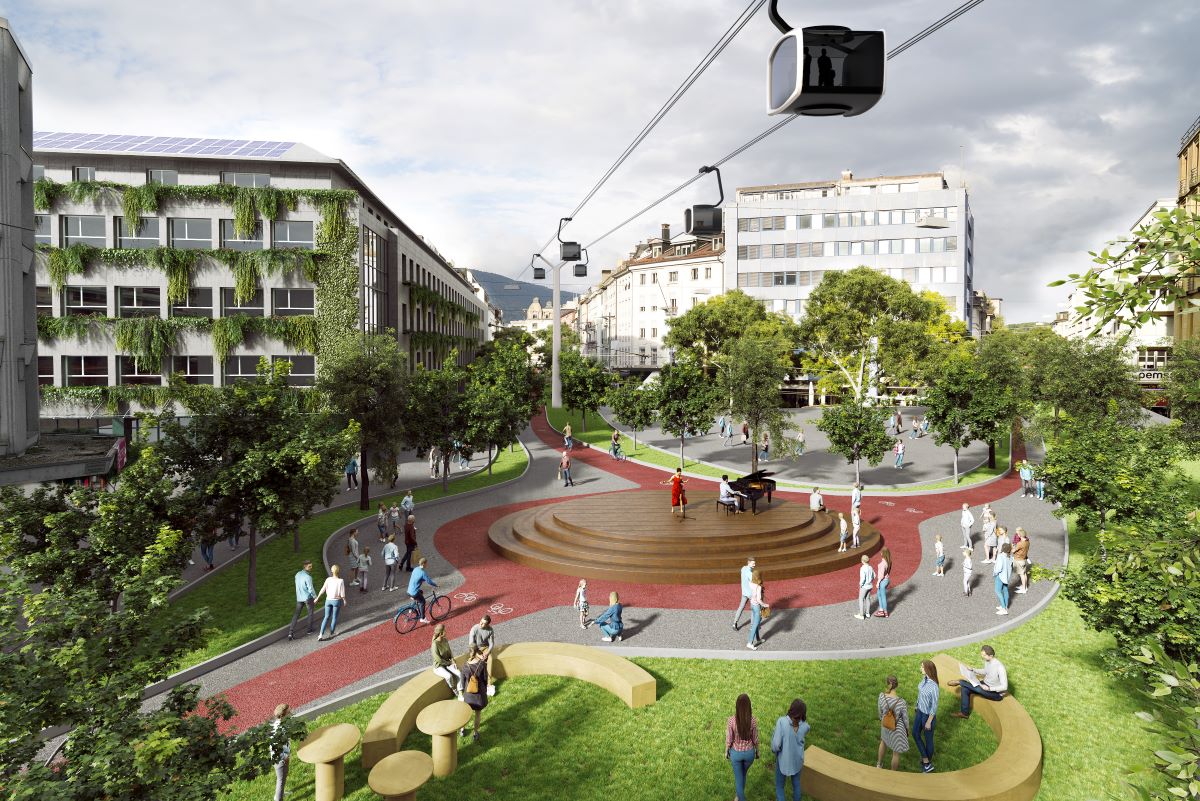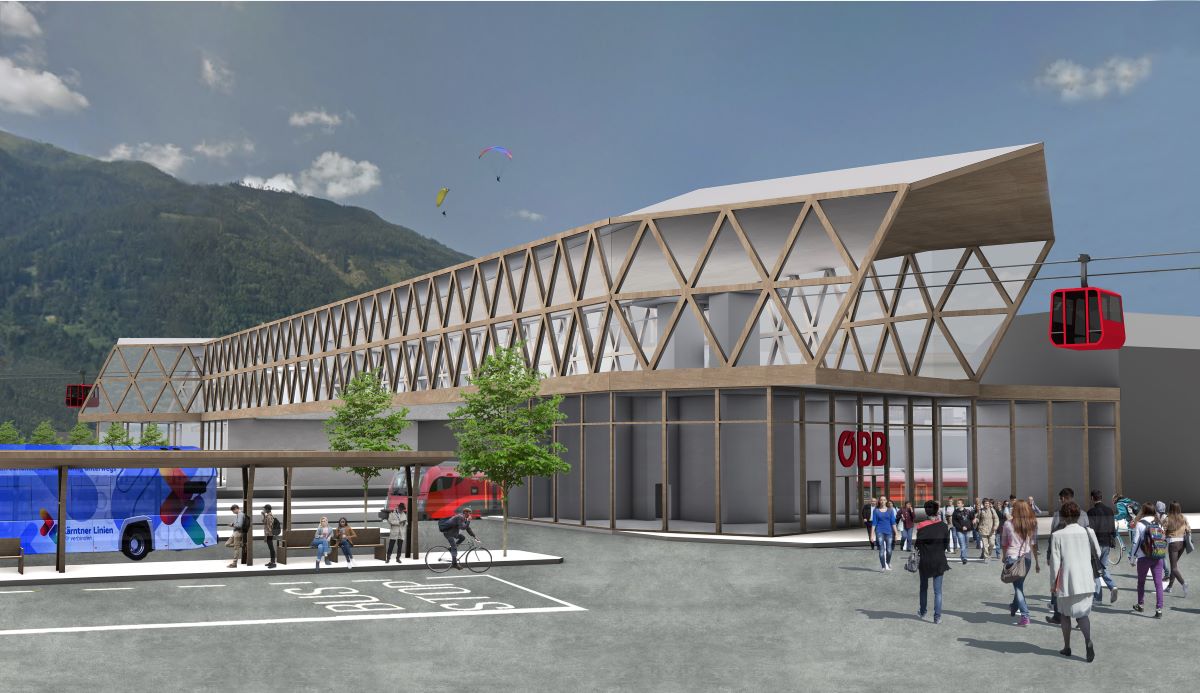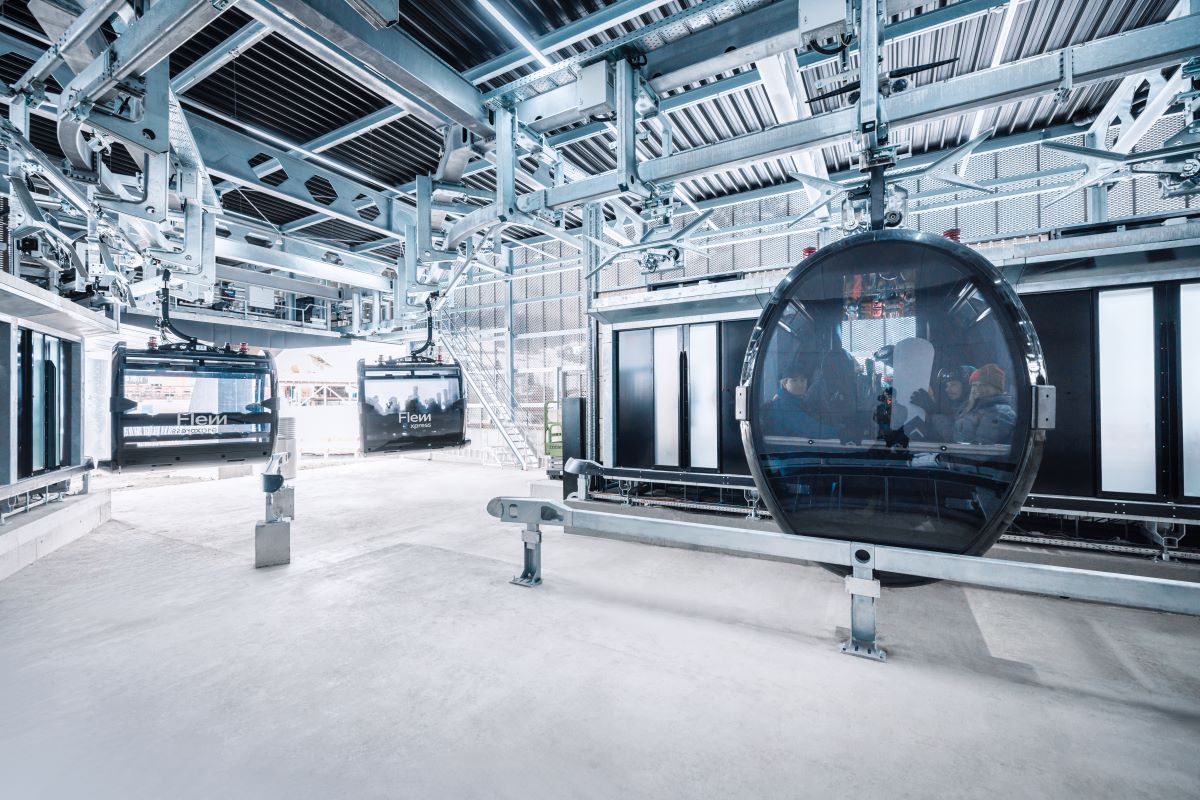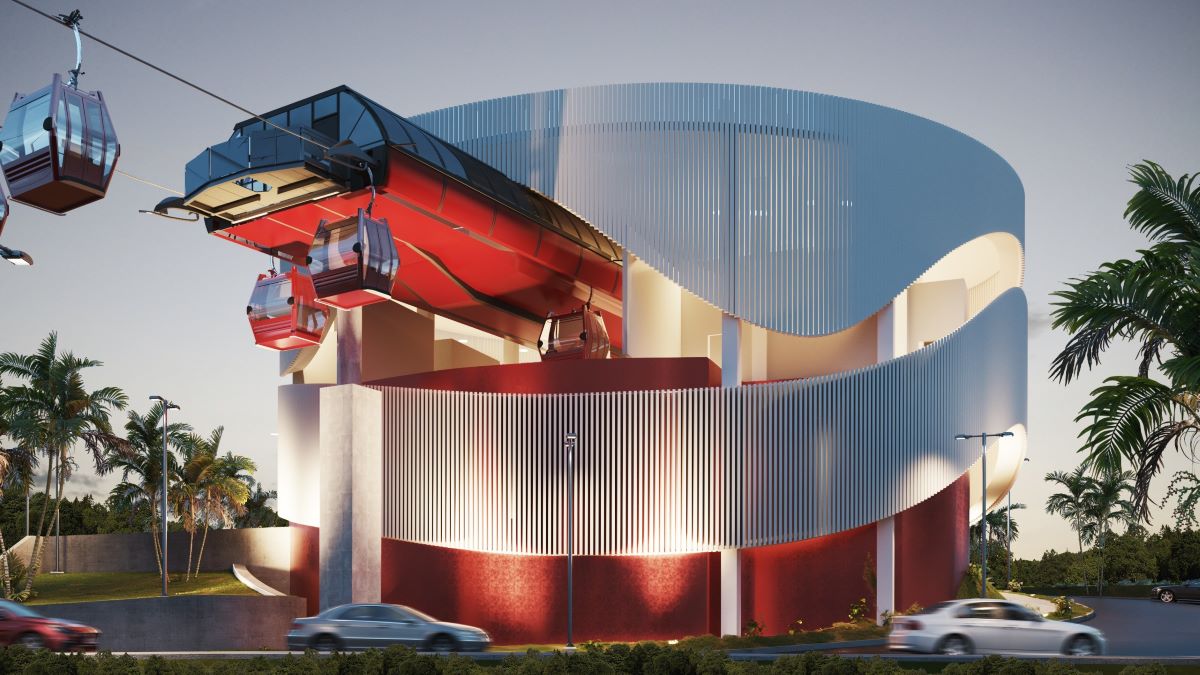SEILBAHNEN URBAN
Seilbahnen und Bergbahnen werden nicht nur im Wintersport genutzt. Sie kommen auch in Städten als Transportmittel für Menschen, Waren und Güter zum Einsatz – so haben wir das SI-Urban Magazin ins Leben gerufen. Hier spezialisieren wir uns auf die verschiedenen Themen, die für diesen Urbanen Bereich relevant sind und sortieren sie in die Kategorien Stadt, Tourismus und Airport ein. In jeder davon erfahren Sie spannende Neuigkeiten zu Technik, Wartung & Service, Sicherheit, Überwachung, Stadt- und Landschaftsplanung und noch viel mehr. Innovationen, neuartige Projekte und optimale Lösungsansätze aus aller Welt sollen zur Überlegung anregen, bei der Ideenfindung helfen und neue Möglichkeiten offenlegen.
Neuseeland: Zehn urbane Seilbahnen vorgeschlagen
Zusammen mit dem Verkehrsplaner Abley hat Seilbahnhersteller DOPPELMAYR New Zealand strategische Analysen für Seilbahnen durchgeführt. Aus 20 möglichen Seilbahnvarianten wurden zehn Linien identifiziert, die bevorzugt zu verfolgen sind.
Biel: Mit der Seilbahn zum Vorreiter?
Urbane Seilbahnen eröffnen neue Perspektiven und entlasten den Verkehr – das ist auch die Vision „Zeropolis“ für die Stadt Biel (Schweiz). Sie soll das Zentrum entlasten, den See und die Stadt anbinden sowie Begegnungsräume schaffen.
Ticketverkauf für die Cable Car World 2024 startet
Ab sofort können sich Fachbesucher ihre Eintrittskarte für eines der innovativsten Veranstaltungsformate der Messe Essen sichern: Im Mittelpunkt der Kongressmesse am 4. und 5. Juni steht die urbane Mobilität mit Seilbahnen. Der Überblick zu den Tickets.
Mit der Seilbahn über die Grenze
Die Grenzübergänge zwischen Detroit in den USA und Windsor in Kanada sind die meist frequentiertesten in Nordamerika. So überqueren mehr als 40.000 Pendler und Touristen die Ambassador Bridge. Zudem werden auf ihr 25 Prozent des Warenverkehrs beider Länder abgewickelt. Der Detroit-Windsor-Tunnel gilt mit mehr als 13.000 Fahrzeugen pro Tag ebenfalls als überlastet. Deshalb ist nun eine urbane Seilbahn im Gespräch.
Cable Car World: Das Programm steht
Die Cable Car World ist die weltweit erste Fachmesse mit dem Fokus auf urbane Seilbahnen als gleichwertigen Bestandteil der neuen urbanen Mobilität und wird begleitet von einem integrierten Fachkongress. Für diesen steht nun das vorläufige Programm fest. Der Überblick zu den Keynotes am 04. und 05. Juni 2024 in der Messe Essen.
Das Potential urbaner Seilbahnen in Kleinstädten
Gemeinden im Alpenraum werden oft als Naturraum, aber nicht als urbanes Gebiet wahrgenommen, obwohl es laut Forschungen der Technischen Universität Wien (TU Wien) städtische Züge auch im Inneren der Alpen gibt. Die Forscher wollen dies ändern – auch mit urbanen Seilbahnen.
Brünn: Seilbahn von Messe zu Campus
Der öffentliche Nahverkehr in Pisarky, einem Stadtteil der tschechischen Stadt Brünn, steht vor großen Veränderungen. Neben einem Park & Ride-Parkhaus und einer neuen Straßenbahnschleife soll eine Seilbahn zum Campus entstehen.
Ropetaxi ist nun Realität
Schon länger entwickelt der Seilbahnhersteller BARTHOLET sein „Ropetaxi“ – Kabinen, die autonom fahren und deren Ziel die Fahrgäste selbst wählen. Nun ist das Konzept Realität geworden: Seit Dezember 2023 fährt das erste Ropetaxi, die urbane Seilbahn on demand ist ab sofort umsetzbar.
Kassensturz: Was kosten und leisten Seilbahnen?
Wie viel müssen Städte investieren, um Seilbahnen zu bauen und zu betreiben? Und welchen Nutzen ziehen sie daraus? Am Beispiel der geplanten Seilbahn in der deutschen Stadt Bonn hat das renommierte Ingenieurbüro Spiekermann solch eine Nutzen-Kosten-Analyse durchgeführt.
Die Dominikanische Republik setzt auf eine weitere Seilbahn von Poma
Die Dominikanische Republik vertraut immer stärker auf urbane Seilbahnen. Bereits jetzt fahren in der Hauptstadt Santo Domingo zwei Seilbahnen des französischen Herstellers POMA. Nun folgt eine weitere Linie in Santiago de los Caballeros.
Nachfrage am Seil
Wie viele Menschen wollen wirklich mit der urbanen Seilbahn fahren? Die Technische Universität Graz (Österreich) hat eine neue Vorgehensweise entworfen, um diese Frage zu beantworten.
Interview: Learnings aus Indien
Seilbahnplaner Stephan Salzmann im SI Urban Interview über die aktuellen Projekte „Varanasi 2“ und „Kamakhya“ – und welche Learnings weltweit relevant sind.












